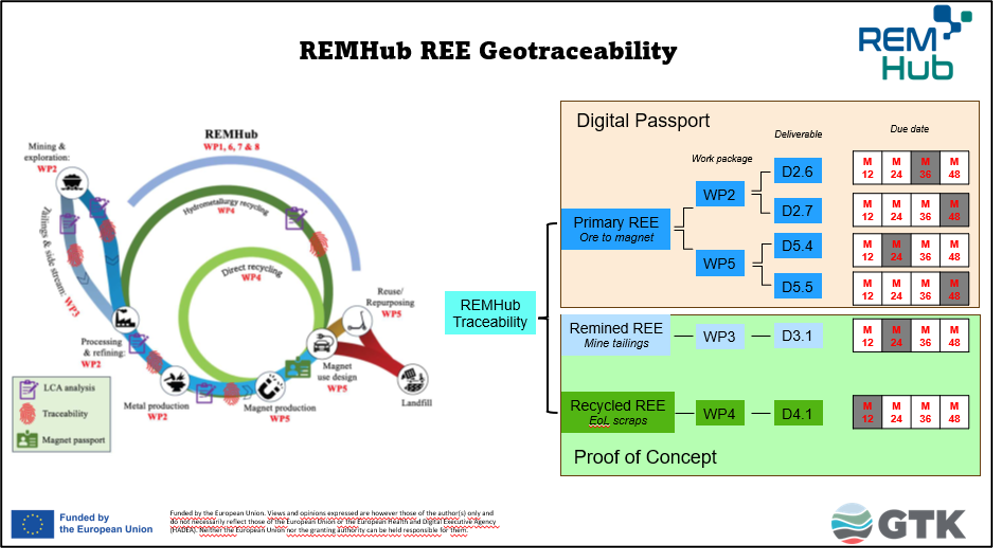
Metals are essential elements of our daily life. Think of electric vehicles (EVs) for a second. You probably know that an EV is quite different from a conventional combustion car in terms of material use. Studies have shown that EVs use much more and wider range of metals compared to gas-powered cars because of their rechargeable battery and magnet-based motor[1]. The same holds true for all other clean-energy technologies, be it solar panels, wind turbines, and battery-based energy storages. Curious readers are referred to International Energy’s recent report on metals’ critical role in energy transition[2]. Transitioning towards clean energies would stimulate tremendous demands for metals and promote technological advancement and innovation. Nevertheless, a coin has two sides. Many studies have shown that the acquisition of the so-called “energy metals” may face paramount environmental, social, and governance risks, commonly known as ESGs. Cobalt (Co), copper (Cu), and rare earth elements (REEs) are among the ones having the highest ESG risks[3]. These challenges would bring extra complexity for climate endeavour as advocated by the UN’s Sustainable Development Goals (SDGs)[4]. But it doesn’t mean we should back out. Instead, we should take on the challenges hard by ensuring that an increase of metal supply goes hand in hand with sustainability as the EU’s Critical Raw Material Act states[5]. One of the most important sustainability techniques envisioned by many researchers is metal traceability[6], a technique that enables supply-chain transparency, accountability as well as valorisation of critical raw materials (CRMs).
In its simplest form, metal traceability refers to capabilities of tracing and tracking CRMs transportation and transformation via creation and identification of reliable and verifiable information [7]. Two main types of traceability systems are currently under active development. A tracing system based on supply-chain information (e.g., documents of ownership change) is known as document-based traceability, whereas one based on value-chain knowledge (e.g., mineral geochemistry) is often called geo-based traceability or geotraceability. Geotraceability has become the focus of research in many institutions and universities in the EU. At the Geological Survey of Finland (GTK), CRM geotraceability is a focus area for the coming three years. In the past five years, tremendous success has been made with several research projects including the Business Finland’s Battrace project (2020-2023) [8], and Nordic Innovation’s Nordic Sustainable Minerals (2022-2024)[9]. The Nordic Innovation project completed a proof-of-concept study on rare earth elements and concluded with a positive validation of the use of mineralogical and geochemical signatures for identifying REE minerals and derivative metals. Similar concept and methodology are being tested in the Horizon Europe projects MaDiTraCe (2023-2026) and REMHub (2024-2028).
Different from previous traceability projects, REMHub geotraceability aims to cover the entire value chain for rare earth elements and magnets. Using primary REEs to be produced from the Korsnäs Pb-REE deposit located in the western Finland as a source of material, we will have the opportunity to improve the technology readiness level (TRL) of geotraceability and create, probably the first, digital passport for rare earth magnets in the EU, in concert with other REMHub work packages involving mineral exploration and processing, metal refining and manufacturing, life-cycle assessment and digital twinning. Another innovative aspect of REMHub geotraceability is a plan to look into rare earth metals remined from tailings (mineral and rock wastes produced by mining) and those recycled from end-of-life magnet scraps. These tasks are surely challenging due to complexity of value chain and analytical difficulties. However, we firmly believe that these studies are worthwhile and may mean a big deal for the industry and society.
[1] https://elements.visualcapitalist.com/evs-vs-gas-vehicles-what-are-cars-made-out-of/
[3] https://www.nature.com/articles/s41467-020-18661-9
[4] https://sdgs.un.org/goals/goal13
[6] https://www.science.org/doi/10.1126/science.aaz6003
[9] https://www.nordicinnovation.org/2024/mineral-metal-traceability

Figures showing the general concept of REMHub geotraceability for rare earth elements. The left-hand figure shows the entire REE value chain with the locations where traceability will be investigated. The right-hand figure shows an overview of task structure and related information.